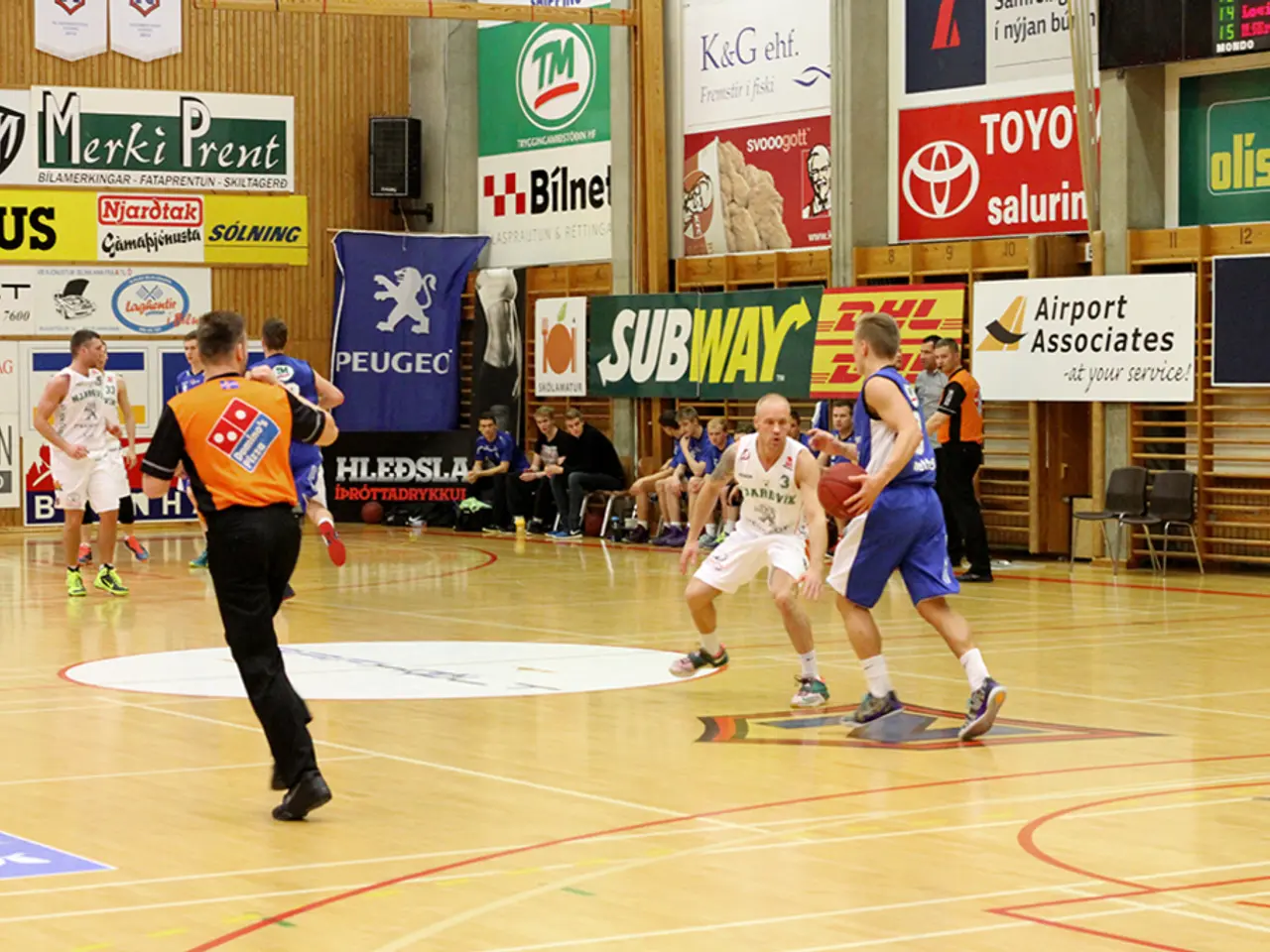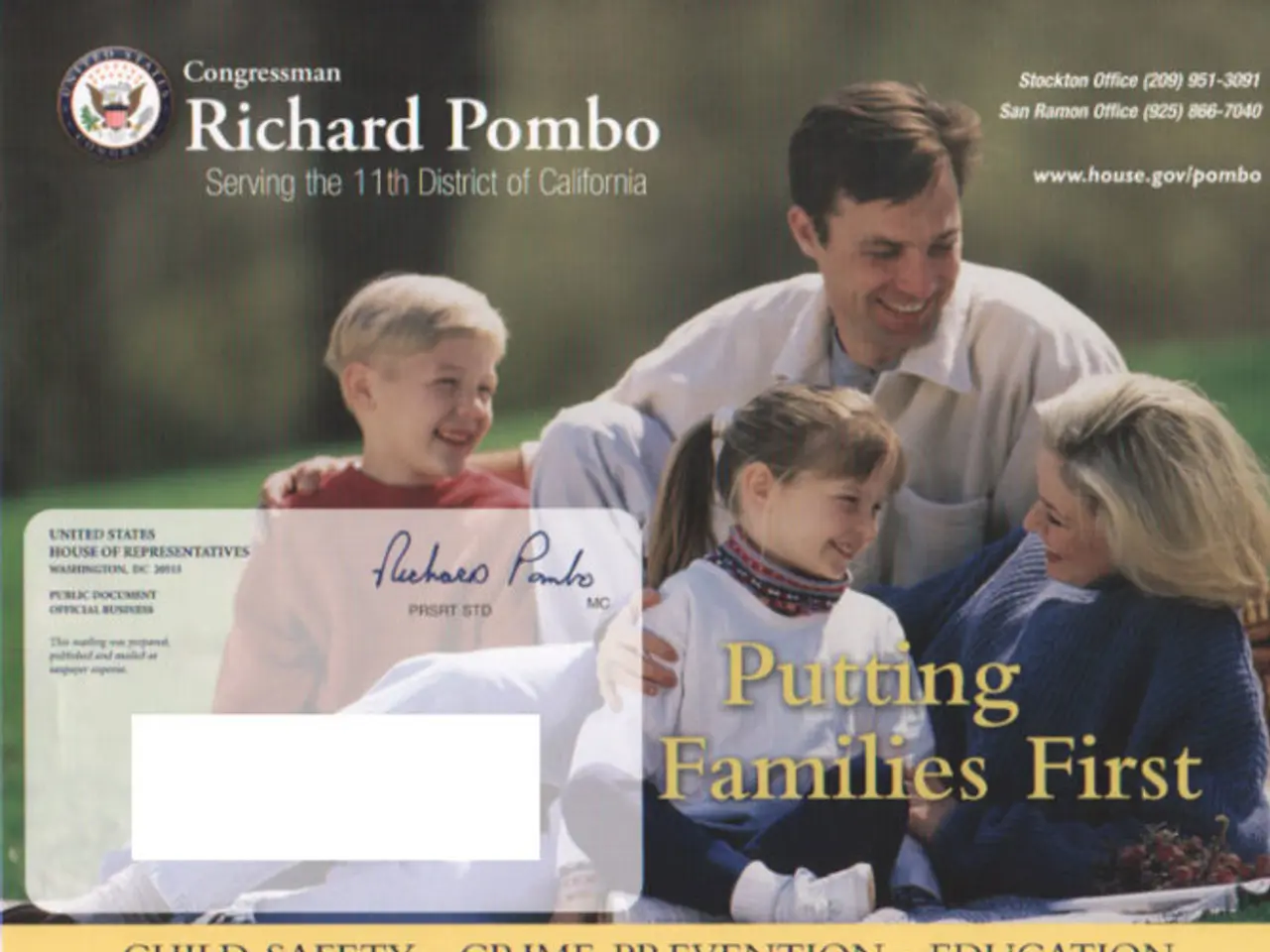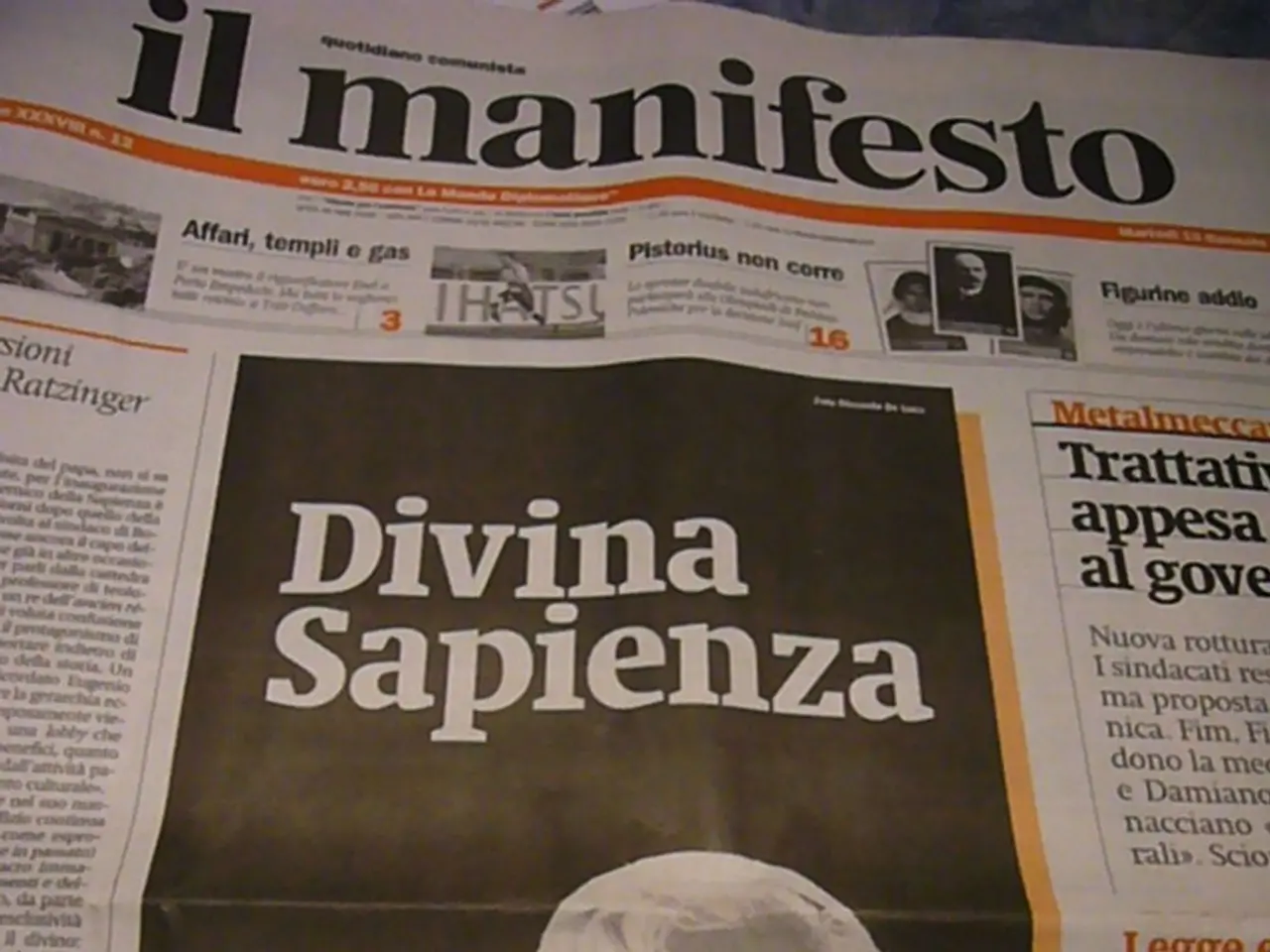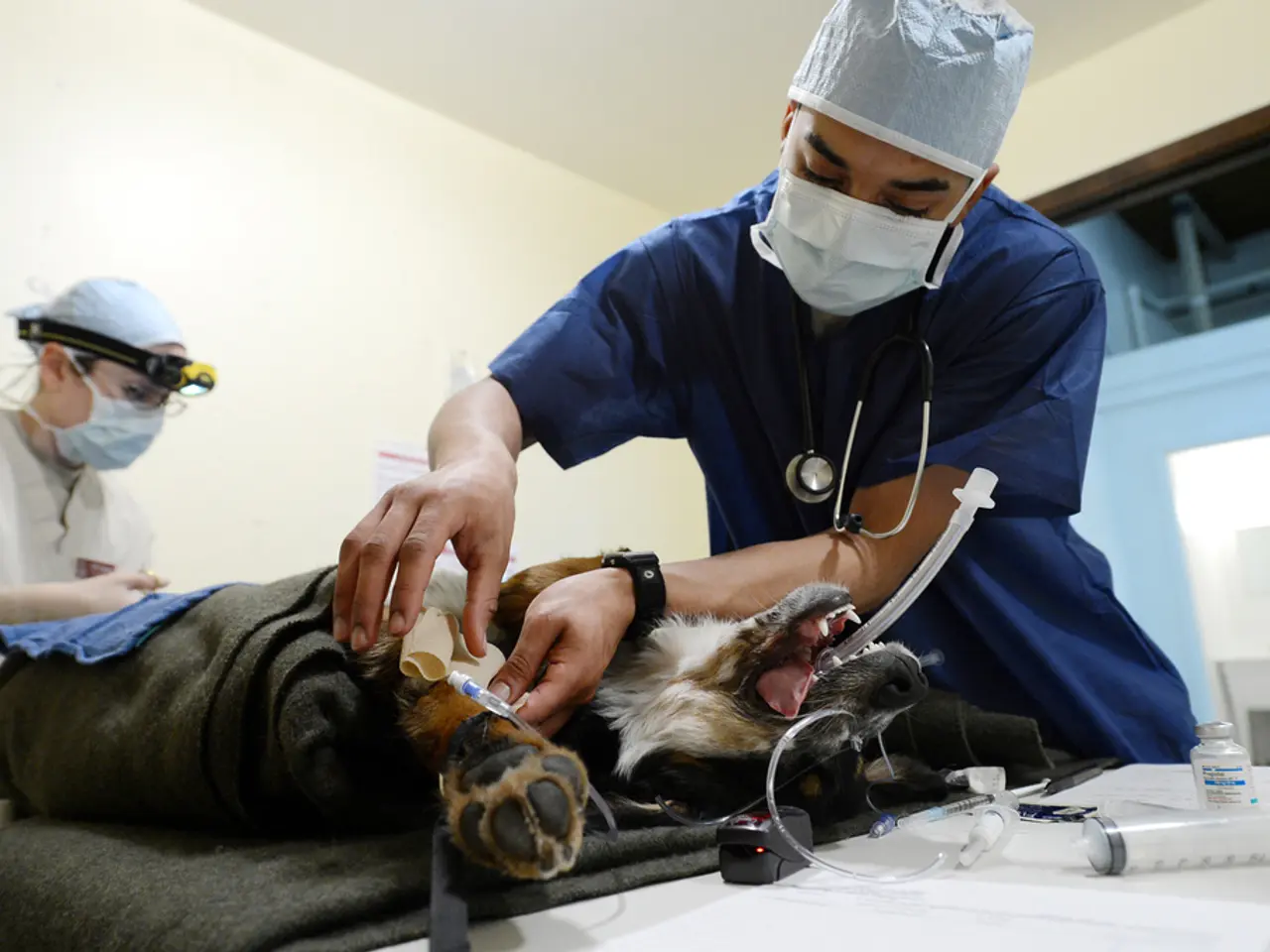NBA's Escrow Mechanism Reduces Player Compensation by Approximately $500Million for the 2024-25 Season
The 2024-25 NBA season saw a collective pay cut for players, with several high-profile names forgoing significant amounts due to the escrow fund. The basketball-related income (BRI) for the season was $10.25 billion, lower than the initially projected figure.
The lower revenue was attributed to a turbulent year for local media deals and the playoffs featuring multiple small-market teams, such as the Indiana Pacers and the eventual champion, the Oklahoma City Thunder. These factors likely decreased overall gate receipts during the postseason, as large-market teams, typically able to draw bigger crowds and higher revenue, were less prominent.
Under the NBA's Collective Bargaining Agreement (CBA), players are entitled to receive 51% of the league's BRI each season. To maintain this revenue split, the league withholds 10% of player salaries into an escrow fund. The actual BRI is then compared to what players are entitled to, and any excess from the escrow is returned, or more is collected if the revenue is short.
In the 2024-25 season, because BRI was lower than expected, players only received 90.9% of their reported salaries. About 91% of the withheld escrow money was ultimately returned to teams, with just 9% paid back to players. This resulted in a collective forfeiture of around $484-$480 million from the escrow fund by players, effectively a pay cut for the season.
Top earners such as Stephen Curry, Joel Embiid, Nikola Jokic, Bradley Beal, and Kevin Durant were among those affected, with each forgoing millions due to the escrow fund. For example, Curry, the NBA's highest-paid player last season, forwent approximately $5.1 million.
Looking ahead, the NBA salary cap is expected to rise in the 2025-26 season due to new media deals valued at $77 billion over 11 years. This should lead to players collecting their full salaries next season. The NBA's projected BRI for the 2025-26 season was the basis for setting the salary cap.
The NBA's new CBA does not yet have a publicly reported expiration date. However, it's worth noting that during the COVID-19 pandemic, the league raised the escrow percentage to 25% in response to shortfalls in arena revenue.
In contrast, the NHL stopped withholding escrow payments for the 2024-25 season, with the expectation that the escrow fund would fully revert to players. The NHL's escrow system often caused contention between players and owners, with the system typically favouring the owners. The new CBA in the NHL was reached a year ahead of its expiration.
[1] Source: Bleacher Report (Eric Pincus) [2] Source: ESPN [3] Source: Forbes [4] Source: Sports Illustrated [5] Source: NBA.com
In the tumultuous 2024-25 NBA season, collective bargaining for player salaries encountered a significant challenge due to the lower-than-expected basketball-related income (BRI), impacting high-profile basketball players such as Stephen Curry and Kevin Durant. Despite the lower BRI, the NBA invested in securing new media deals worth $77 billion over 11 years for the 2025-26 season, anticipating an increase in the salary cap and potentially avoiding the need for collective bargaining-related finance adjustments in the escrow fund.
Meanwhile, the National Hockey League (NHL) decided to cease withholding escrow payments for the 2024-25 season, reversing the usual trend in which the escrow system historically favored the league owners. This change in the NHL's collective bargaining agreement came a year ahead of its scheduled expiration, promising possible financial relief for NHL players.




